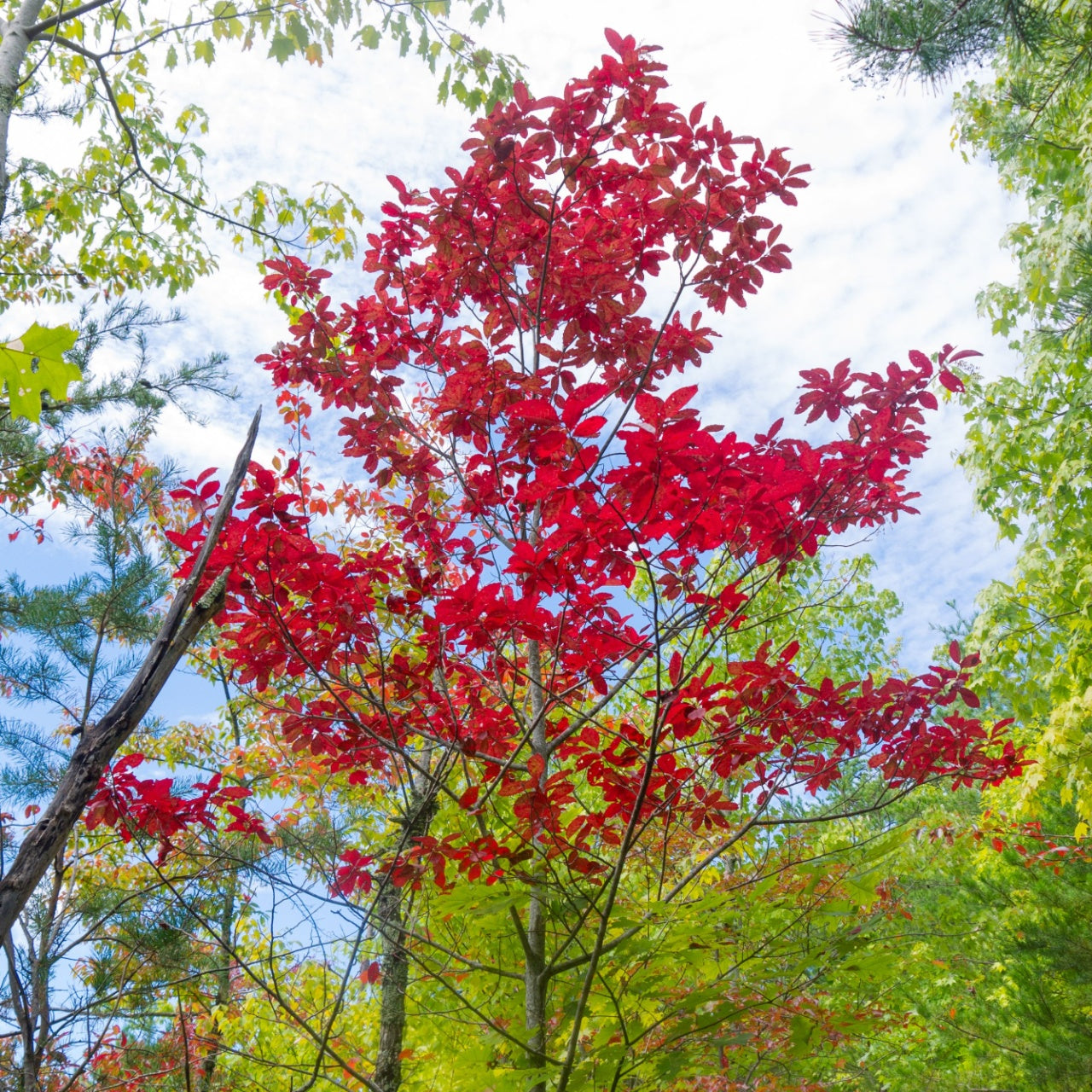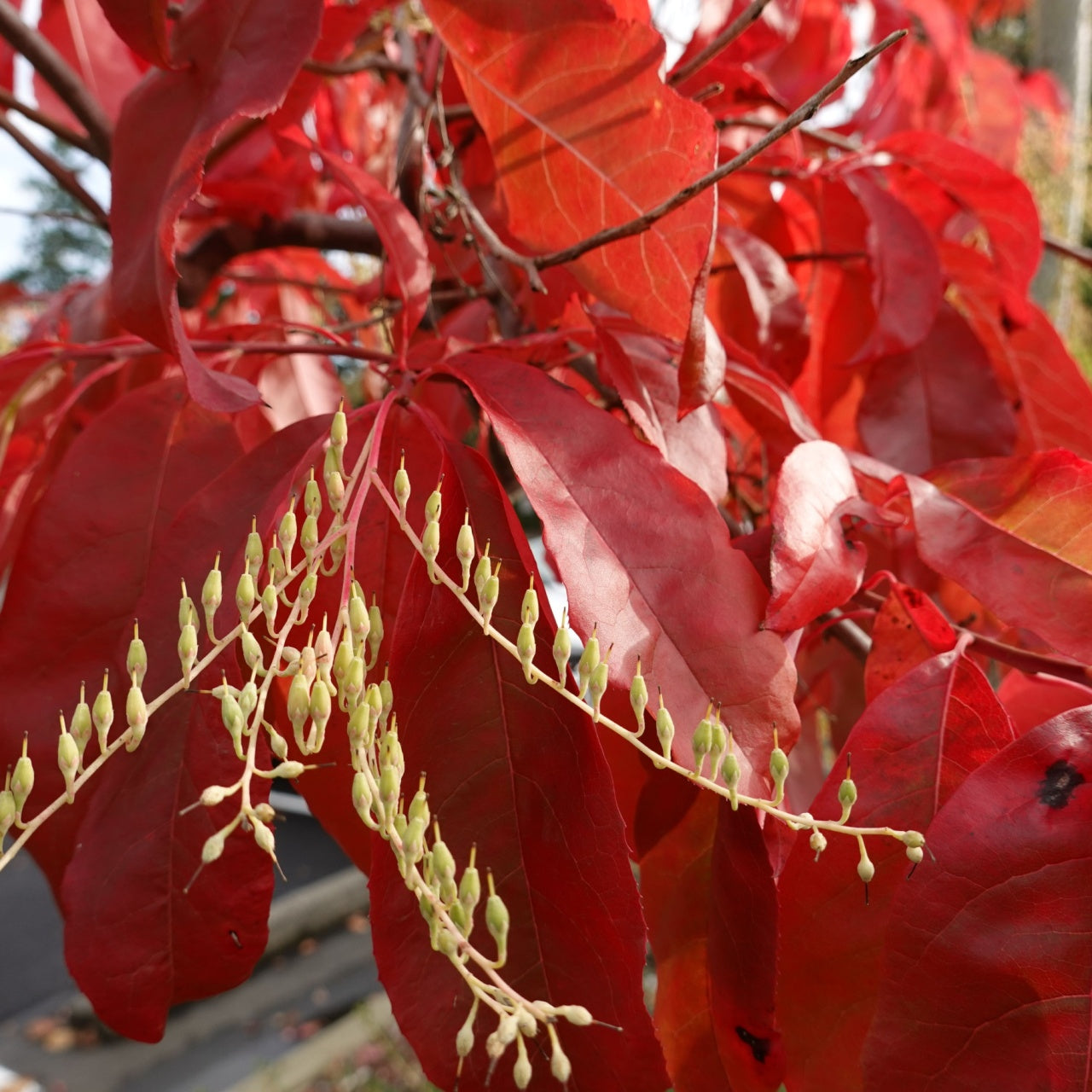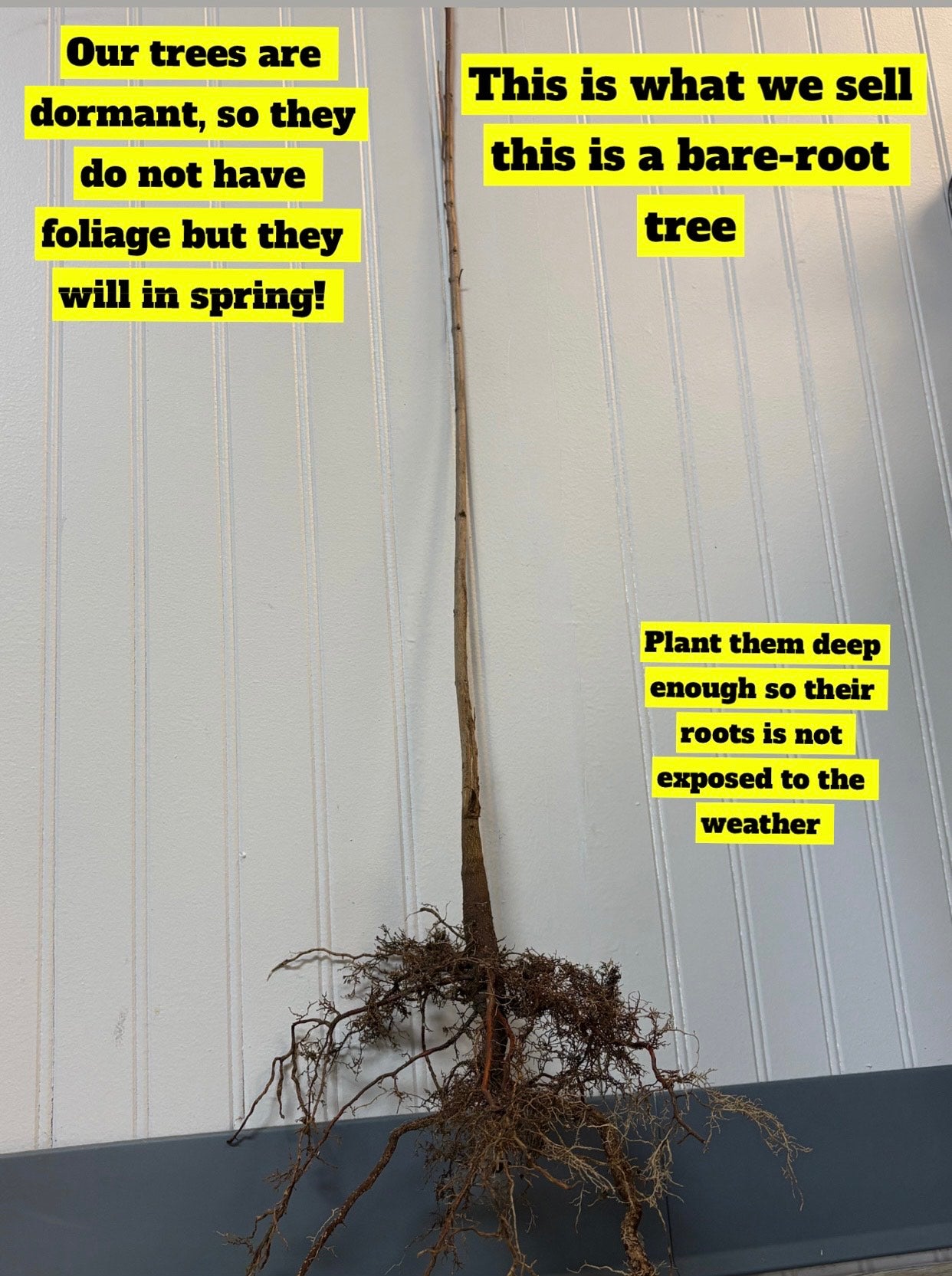



Removes & Absorbs Toxins
Improves Air Quality
Low maintenance & easy to grow
Buy Sourwood Trees Oxydendrum Arboreum Online Wholesale
Sourwood trees' flowers attract bees that produce light to medium-colored honey, which is popular in the South. This type, or Oxydendrum arboretum, is a medium-sized deciduous tree native to the Eastern and Southeastern United States. You can find them from the coast of Virginia to North Carolina, over into Southern Ohio and Indiana, and down to Mississippi and Louisiana.
The Sourwood Trees Are Slow Grower
It has a slow growth rate, reaches a height of 25-30 feet, and can take 12-15 years to reach a height of just 15 feet. Its rounded top and drooping branches make it appear graceful. Robbinsville, NC, is home to the most massive known Sourwood tree, with a height of 118 feet and a trunk that is 2 feet wide.
The Tree Thrives in Sun
While it will do well in full sun or partial shade, its flowers and fall color do best in full sun. It is sensitive to root disturbance and dry, compacted soil. The bark is a grayish-brown color tinged with red and features thick, scaly ridges. Its lumber is used for tool handles and, at one time, was used in wagon sled runners.
It Has Stunning Glossy Foliage
It has dark green, glossy leaves that are oblong. The sheets measure 3 to 8 inches long and taper off into a point. In early summer, it blooms with small, white, bell-shaped flowers about a quarter-inch in size that grow at the end of the branches. The flowers give way to small, brown fruit clusters that resemble tassels. In the fall, the leaves turn an intense red, purplish-red, or sometimes yellow, making this type a real showstopper.
These lovely types acquire their magnificence during the mid-year warmth months.
Unlike numerous others, these only sprout once the warmth of summer. The tree sprout is vast and white, coming in little bunches. These tiny sprouts are fragrant and go with the dark green clears out.
The Tree Turns Stunning Colors In The Fall
These transform into red, yellow, and orange reference points in the fall, looking like living flames. Likewise, they deliver tiny dim seeds that flying creatures can eat, providing a winter sustenance source. The Sourwood trees develop as high as thirty feet but remain little.
The Sourwood Tree is a really unique ornamental. It's often called the sorrel tree. It's classified as an understory tree and belongs to the family Ericaceae. It definitely needs acidic soil to do well. It features beautiful white flowers in the summer that hang down like lily of the valley blooms. In the fall, the foliage is stunning, turning a brilliant red-purple color. The Sourwood Tree is an essential choice for adding vertical interest and great fall color.
This Is How Your Plants Will Look upon Delivery
Shipping date depends on the date displayed and chosen when you order from the product's page.
We do not offer warranties on products after 5 days past receiving your plants.
By signing up, you agree with our privacy policy.






